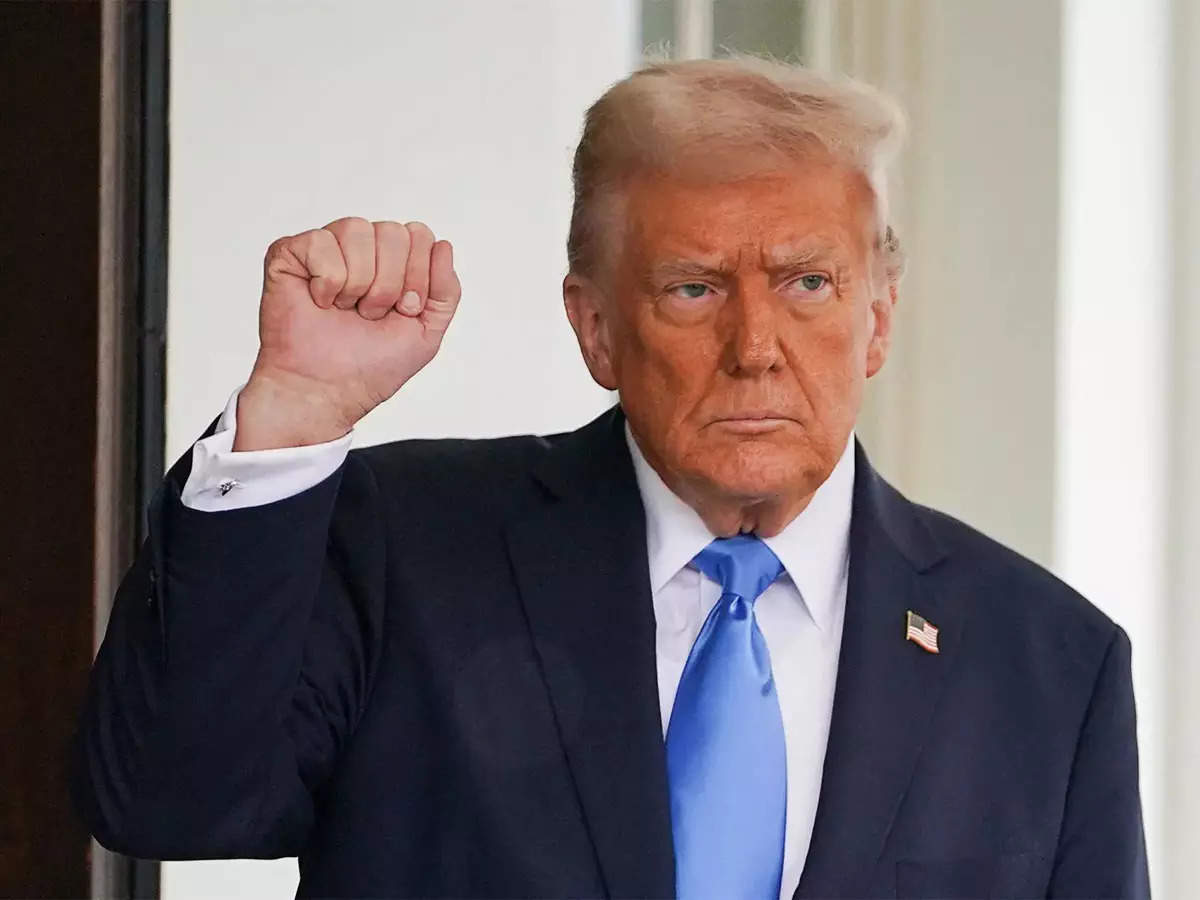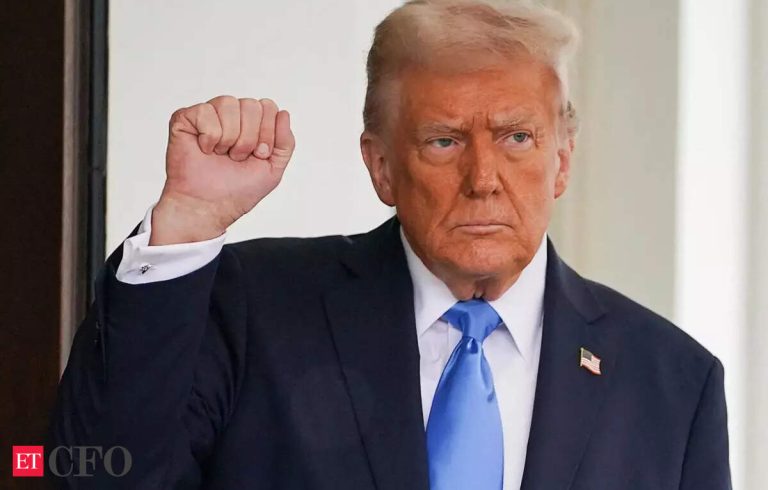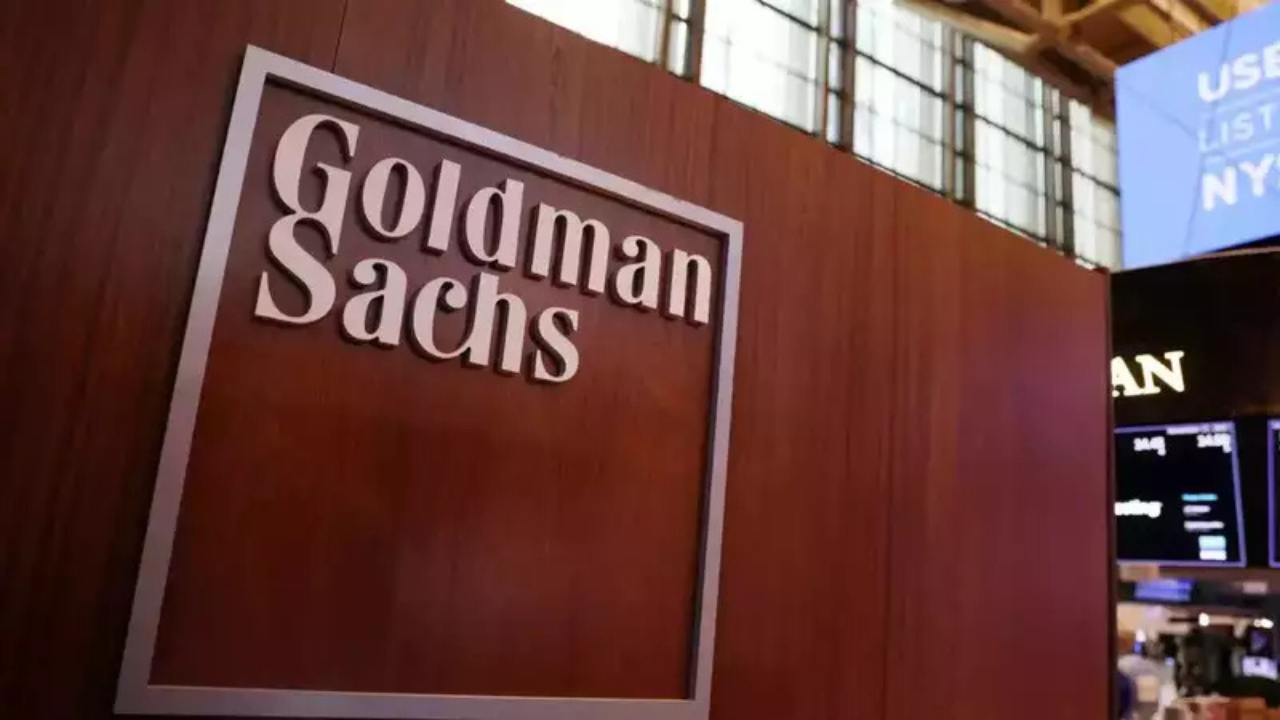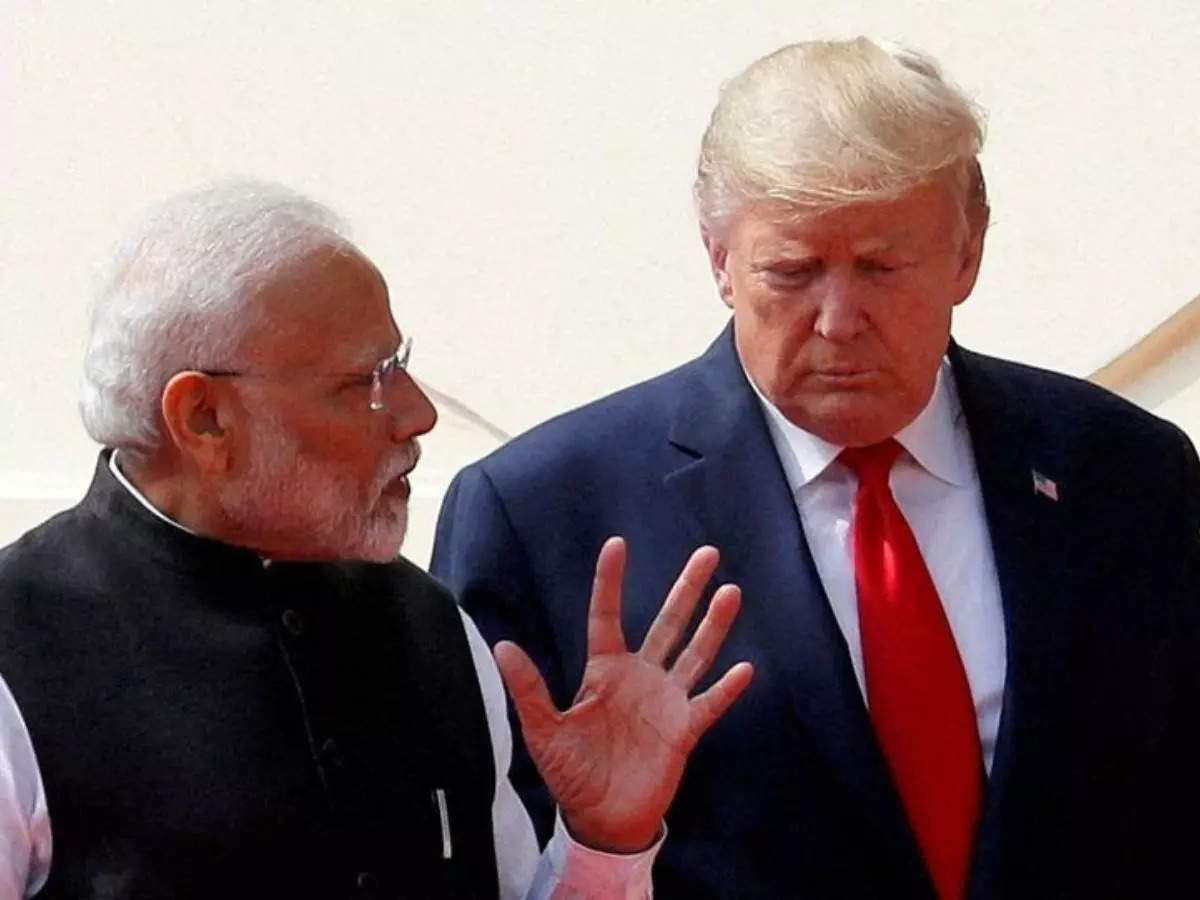
India may face an impact of up to 0.6% of GDP from the US reciprocal tariffs, according to Goldman Sachs, which calculated various scenarios of the tariff imposition.
“We estimate a potential domestic GDP growth impact of 0.1-0.3pp under different scenarios of increase in average US effective tariff rate on Indian exports (under country-level reciprocity and product-level reciprocity), and different estimates of price elasticity of US demand for Indian exports,” Goldman Sachs said in a report.
However, in case of global tariffs on all countries from the US, India’s domestic activity exposure to US final demand would be roughly twice as high (~4.0% of GDP) given exposure to the US via exports to other countries, and would likely result in a potential domestic GDP growth impact of 0.1-0.6pp, it said.India’s bilateral goods trade surplus with the US has doubled in level terms over the last 10 years to $35 billion (~1.0% of India’s GDP) in FY24, largely driven by electronics, pharmaceutical products, and textiles. India’s tariff rates are higher than the US on most products (6.5pp on a trade-weighted average basis), with the differential being the highest in agricultural products, textiles, and pharmaceutical products.
However, India’s gross exports to the US is one of the lowest among its EM peers at ~2.0% of GDP.
How India can get impacted
Goldman Sachs sees three ways in which India can get impacted:
a) Country-level reciprocity, with an increase in tariffs on all US imports from India by the weighted average tariff differential (GSe:~6.5pp). As per our US economics team, this would be the simplest to implement.
b) Product-level reciprocity, where the US matches India’s tariffs on each product imported from India. “We estimate this may increase the average tariff differential by ~11.5pp, but would be more complicated with a longer implementation timeline.
c) Reciprocity including non-tariff barriers like administrative barriers, import licenses, export subsidies etc.”
This is the most complicated given the cost of estimating non-tariff barriers, but could presumably lead to higher tariffs than in a) or b), the report added.
US-India relations
Goldman sees four broad factors in the evolution of the US-India relationship:
a) Trade deal: The US and India will be working on a trade deal to increase US-India bilateral trade to $500bn by 2030 from ~$120bn in 2024;
b) Unauthorised Immigration: The US has already deported 220+ unauthorized Indian immigrants in February;
c) Defence purchases: India’s defence imports from the US has increased from near zero to $20bn, making the US its third-largest arms supplier, and this is expected to grow further as per media reports;
d) Energy purchases: Both countries have reached a trade agreement which includes higher import of US energy by India.







